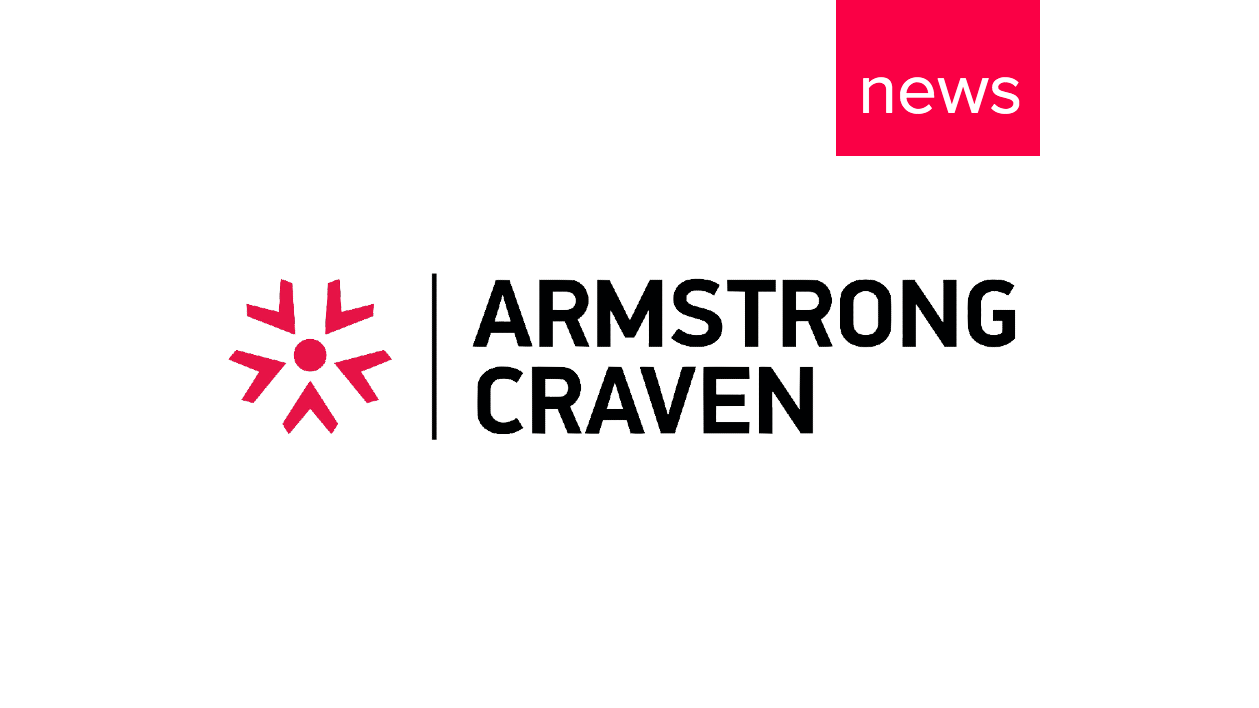The changing recruitment landscape
23 Sep, 20003 min
Armstrong Craven never was nor ever intended to be your typical recruitment company. Founded by Sue Craven in 1990, it offered research services to recruitment consultancies that were lucky enough to be able to command the significant fees they did (typically one-third of the successful candidate's first-year salary). We used to charge a daily rate which most would laugh at today.
To put this article into context, when people ask me, "What do you do?" I explain that we find people for jobs rather than jobs for people. So, while we have many records on our database, we are not a database-driven company. The vast majority of our projects are bespoke, and in this way, we can generally be sure that the people we identify are still in their current roles.
Technology development in Talent Acquisition
As with every aspect of life and business, Technology has played a huge part. Back in the 90s, we used Kompass Directories in hard copy to find companies within specific sectors related to the client. We would even use Yellow Pages for local searches to find relevant companies within a specific telephone district. I remember a project for a client where we were searching for van drivers. The project had a national scope, and I remember ordering about 20 Yellow Pages directories for the areas we didn’t have already. Fortunately, this was not the norm.
During these early days, data was stored on a DB2 database. This was nothing more than an electronic Rolodex or ‘little black book’ that headhunters, before my time, would use. These stored the names, addresses and phone numbers of contacts and sources. Needless to say, this database was very clunky, but we knew nothing different at the time, and it did the job.
In the early 2000s, we ‘migrated’ to a bespoke database. The World Wide Web was ‘invented’ in 1989 by Tim Berners Lee, but the recruitment industry had not yet fully embraced it. So, we could only identify people by calling the companies directly and asking for the direct lines of the people with whom we wanted to engage.
Social media’s role in sourcing talent
C-Suite and senior management were often more familiar with the concept of ‘headhunting’ in the way that people are contacted proactively rather than responding to an advert. However, the emergence of Facebook, Instagram and Twitter has enabled the recruitment industry to engage with their chosen audience in an already familiar medium where they are likely to be more receptive. This has meant that a far wider audience has made itself available and visible to recruiters, opening up an extensive range of opportunities not previously familiar to that audience. Add to this the business-specific tools such as Linkedin or Xing in Germany or Viadeo in France, or MaiMai in China*, and potential candidates may be forgiven for thinking that there is no escape from the persistent recruiter. This has created an environment in which speed and immediacy are far more in evidence.
At this time, often very little was known about the subject to be approached unless you had the resources to undertake comprehensive referencing, as did the large executive search firms,but Linkedin and similar platforms encouraged people to include not only their career history but also their contact details, skill sets and external interests, people they followed and even a photograph which people nowadays more often include. So gone was the cloak and dagger telephone approach as we welcomed the far more open and visible style.
It also enables approaches to be personalized to a far greater extent. But does this also mean that recruiters can be perceived as being intrusive? Ultimately people can choose whether or not to accept traffic from any website but this is a topic for another day.
*NB October 2021. Microsoft launched a standalone app for Chinese employees and Chinese companies called InJobs
Effects of financial crash and covid on the talent landscape
Another way in which the industry has changed is the development of new services. The financial crash of 2008 and the contraction of businesses during the covid pandemic meant that many recruiters lost their jobs. But those who were good at what they did knew they could earn a good living working independently. As a result, independent recruiters have been flooding the market, offering a wide range of services. While a number of companies folded, others diversified by offering new services or packaging existing services in a way which might attract new customers. Armstrong Craven is probably unique in that it is one of a few companies with a truly international reach but, more importantly, offers a portfolio of services, including talent mapping, insights and pipelining, which provides an alternative approach to traditional executive search.
Flexible working
One of the key facets which plays a key part in recruitment is the extent of flexible working. This has been more prevalent in certain industries, but the pandemic has highlighted the fact that not only is it more practical for people to work from home to control social distancing, but many might also argue that working from home can be more productive. From a recruiter's perspective, it means that many more people who were previously office based and perhaps even working in an open-plan office are far more accessible and may be more receptive to approaches.
The future
So what might the future look like? It’s unlikely that there will be any developments in the near future quite as significant as the invention of the Internet or Linkedin, but technology and AI is becoming ever more intuitive. For those organisations where speed and immediacy are important, I wouldn’t be surprised if the software is developed to measure things like the degree of a candidate's soft skills capability by monitoring facial expression, which determines the degree to which people have achieved the things they say they have in their CV to the extent they claim e.g. leadership, persuasion.
Whatever happens, we can be sure that the recruitment industry will continue to evolve, but whether it changes to the extent that it has over the last 30 years, we will have to wait and see.
At Armstrong Craven, we’re experts at delivering strategic talent services to support our clients in hiring scarce or senior talent, both on a project basis and to support hiring at scale. Our insights help our clients better understand their talent markets and how to improve their positioning as an employer of choice for the talent they need to engage with. So, if you’re looking to partner with us on your next project or you want more information, get in touch with our team today.
Speak with an expert
If you want to learn a little more about what we do and how talent research can help you make better-informed business decisions, our team of talent research and consulting specialists are happy to help.







